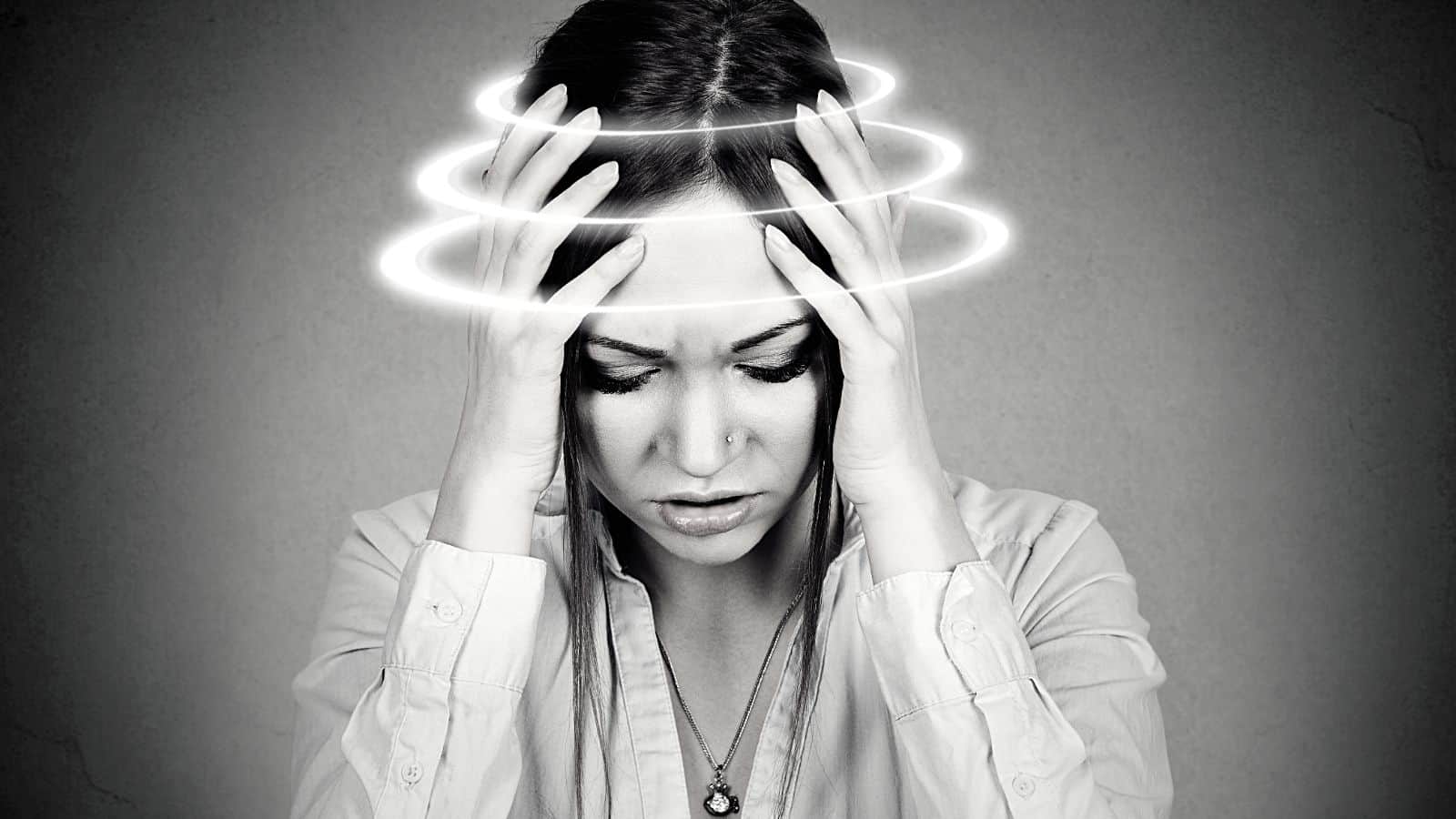The study of human consciousness continues to uncover fascinating truths about how the universe works. Even if it doesn’t feel like it sometimes, we don’t just exist in this universe – we ARE consciousness expressing itself. In other words, we influence consciousness only by existing because we are both the creator and the created. We’ll explain more on this below, so prepare to have your mind blown.
What is consciousness, exactly?
Nikola Tesla — ‘If you want to find the secrets of the universe, think in terms of energy, frequency, and vibration.’
According to dictionary.com, it can be defined as:
- the state of being conscious; and/or the awareness of one’s existence, sensations, thoughts, surroundings, etc.
- the views and feelings, collectively, of an individual or an aggregate of people:
- full engagement of the mind and senses, as in waking life:
- awareness of something for what it is; an internal knowledge:
- concern, interest, or acute awareness:
- the mental activity in which a person is cognizant as opposed to unconscious cognitive processes.
Consciousness even exists beyond death, because you can’t destroy energy once it exists. Everything in our universe and beyond stems from consciousness, or the thoughts and vibrations that allow for life to thrive. You may ask, “well, where do those thoughts come from?” Scientists have not quite figured that out yet, but it’s presumed that there is a higher universal intelligence of some sort directing and creating all life.
As you can imagine, the study of human consciousness is a huge task, and something so vast and abstract takes time to understand. However, scientists have discovered that consciousness exists at all points in time, as we have hinted at above. We’ll go over the study and discuss other facts about human consciousness as well.
Research shows that human consciousness is both continuous and discrete:
Researchers have taken two significant theories about consciousness and found that both have credibility. The discussion goes back to a debate started by Saint Augustine, a renowned Christian philosopher, and theologian. He believed that humans had a perfect union of soul and body, and that consciousness permeated through us. Augustine said that the center of consciousness, perception, and thought lies in our soul and should learn to control sensory impulses.
Augustine believed that souls occupy a middle position between God, the Source of creation, and bodies. In other words, we exist somewhere between the unchangeable reality where existence stems from and the ever-changing realm we live in. Expanding upon this knowledge, scientists believe that we are conscious at every single point in time and specific moments. In other words, consciousness is both continuous and discrete.
Published in the scholarly journal Trends in Cognitive Sciences on September 3, psychophysicists have developed a new model on human consciousness. Their theory combines the ideas that consciousness continues forever and also exists discretely, or distinctly.
“Consciousness is basically like a movie. We think we see the world as it is, there are no gaps, there is nothing in between, but that cannot be true,” said the lead author Michael Herzog, who is a professor at the Ecole Polytechnique Fédérale de Lausanne (EPFL) in Switzerland. “Change cannot be perceived immediately. It can only be perceived after it has happened.”
Because of the abstract nature of consciousness, scientists have been baffled about what constitutes a conscious or unconscious perception of reality. You might think that in sleep, for example, you don’t have consciousness. However, you know the next morning whether you slept well or poorly, which means that your perception of consciousness continued during the night. Herzog says that most philosophers believe in continuous human consciousness since “we have the feeling that we’re conscious at each moment of time.”
The discrete interpretation
Some philosophers and scientists believe in the idea of discrete perception, however. This theory posits that humans only maintain consciousness at specific points in time. Scientists do not fully prove, however. That’s because no universal idea exists for how long these points in time last. Herzog and co-authors Leila Drissi-Daoudi and Adrien Doerig combine both theories to create one where continuous consciousness precedes discrete awareness. In other words, an unconscious processing period must exist before distinct moments of consciousness. “You need to process information continuously, but you cannot perceive it continuously,” Herzog said.
He gives the example of riding your bike.
If you fell off your bike and waited for each half-second to respond, you couldn’t possibly catch yourself before hitting the pavement. However, if you combine short conscious moments with longer durations of unconscious processing, you can integrate this experience in your brain. Your mind tells you what you have perceived, and you have time to catch yourself before you fall.
“It’s the zombie within us that drives your bike — an unconscious zombie that has excellent spatial/temporal resolution,” Herzog says. At each moment, you will not be saying to yourself, “move the bike another 5 feet.”
Instead, you update the thoughts and surroundings unconsciously in your mind. Your consciousness decides if the perception makes sense. If not, then you go a different route.
“Conscious processing is overestimated,” he says. “You should give more weight to the dark, unconscious processing period. You believe that you are conscious at each moment of time.”
The authors believe that their new model helps solve the philosophical debate brought about by Augustine. They also think that it will help scientists further their research in different areas of study.
“I think it helps people to completely fuel information processing for different prospects because they don’t need to translate it from when an object is presented directly to consciousness,” Herzog says. “Because we get this extra dimension of time to solve problems, if people take it seriously and if it is true, that could change models in neuroscience, psychology, and potentially also in computer vision.”
More research to follow
Despite this new theory, which could help solve the consciousness dilemma, some questions remain unanswered, such as:
- How do we integrate conscious moments in our minds?
- Where does unconscious processing begin?
- Does personality, stress, or mental illness influence these periods?
“The question for what consciousness is needed and what can be done without consciousness? We have no idea,” says Herzog.
Although this leaves some questions about consciousness still up for discussion, it does shed some light on how it operates in our minds and elsewhere. As we said above, we create consciousness based on our thoughts, but these thoughts originate from outside our minds. We are both the creators and the created within this sphere of the multiverses. We could write a whole book on consciousness, but we hope this short article answers some questions you may have.
Other evidence that we influence consciousness
We could not write this article without at least mentioning the famous double-slit experiment performed in the early 1900s. In the 1920s, the early pioneers of quantum physics discovered that light could behave as either a particle (“solid” energy) or a wave (formless energy). They found this out by passing a beam of light through two vertical slits onto a backdrop.
How exactly did this happen? After being projected onto the backdrop through the slits, the light photons spread out in a wave-like pattern. They called this an “interference pattern” because it differed from what they expected to see – light photons in two vertical lines.
They experimented several times, first using a machine to eject small bits of matter onto the backdrop quickly. The first time, the experiment went exactly as they imagined and produced two lines of matter in the shape of the slits. However, the second time, the scientists sat in the same room during the experiment while passing light through the slits. This time, the light scattered and formed more of a wave-like pattern.
The only difference?
Someone observed the experiment, therefore influencing the result. This experiment proves that we are both the co-creators of reality and the very definition of it. We exist as pure consciousness, but we can influence reality with our thoughts and vibrations. Crazy stuff, right?!
 Final thoughts on how consciousness is both continuous and discrete
Final thoughts on how consciousness is both continuous and discrete
It’s impossible to discuss all of the components of human consciousness in just one article. However, the study we talked about above makes up a massive part of the idea of consciousness. Scientists have found that we can expand our awareness of consciousness to include all moments in time and just some. In other words, we can perceive consciousness as both ongoing and continuous, as well as discrete.
Philosophers, scientists, and sages have been studying consciousness for millennia now. We have learned such a vast amount, but have a lot left to discover our existence in the vastness of the cosmos. Just know that if you ever feel small, remember that without you, the entirety of consciousness would appear differently. Because you exist, you influence consciousness and, therefore, reality, which makes you pretty important in the grand scheme of things.






















